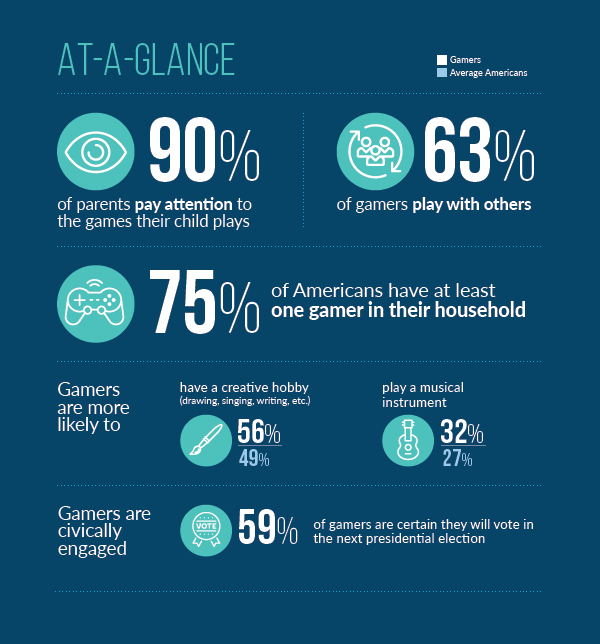Got Gaas? There’s a lot of buzz in the games industry about “Cloud gaming” and for good reason. With tech giant Google about to launch its Stadia service November 18th, cloud gaming is poised to change the fundamentals of how the game industry works. Meanwhile, back in the world of finance, gaming is being taken seriously, as seen with the October 29th launch of the HERO ETF by GLOBAL X.
Twenty years ago, PC gamers would physically go to a store to purchase a box with discs. Get home, install the game and you’re good to go. Since then, the game industry has moved more and more towards offering game software as a download. The benefit was the software was you didn’t need a store visit and your purchase tied to your platform account (be it Steam, Origin, Uplay, Battlenet, etc).

Global X Research identifies Video Games/eSports by categories, types and media distribution.
Cloud Gaming is innovative as it cuts the “PC” out of PC Gaming. “Cloud” here means the game runs on a powerful computer elsewhere. You play remotely and the audio/video is streamed to you. Since you’re playing remotely, all Cloud Gaming requires is a internet-connected device. There’s no download. There’s no concern about your PC being powerful enough to play the game either. In fact, there’s no reason you need to play on a computer at all. Shadow and Parsec, two Cloud Gaming options currently on the market, make it easy to play PC games on your living room TV, tablet, laptop or smartphone.

SOURCE: Entertainment Software Association: https://www.theesa.com/esa-research/2019-essential-facts-about-the-computer-and-video-game-industry/
SOURCE: Entertainment Software Association: https://www.theesa.com/esa-research/2019-essential-facts-about-the-computer-and-video-game-industry/
The opportunity here is that Cloud Gaming rides the dual market forces of changing media consumption habits and the growth in the gaming industry. Not only are more people are gaming, they’re doing so on their smartphones. The Entertainment Software Association reports in its 2019 edition of Essential Facts reports that 75% of American households have at least 1 “gamer,” and Smartphones are the most common device used (60%) to play games. A Pew Research Center February 2019 survey indicates over 81% of Americans own a smartphone, up from 77% last year. It stands to reason there’s a lot of money to be made by whoever best marries the high-quality interactive gaming experiences PC games offer with the conveniences afforded by cloud computing.
There are some clear challenges for any company wading into the thickening playing field. One is content exclusivity: just as Hulu, Amazon Prime, and Netflix compete over who has license to stream what content, so too will Cloud Gaming companies compete over which software it has license to stream. Another challenge is internet connectivity as a slow or intermittent connection would prohibit you from using (or enjoying) the service. A stable fast internet connection is all the more important if Cloud Gaming gets into competitive online games like Fortnite or League of Legends. And, naturally, learning the interests and desires of what may be a completely new kind of consumer or a changing marketplace will take place, as 5G and AR/VR drive changes in the use of mobile technology.
There’s little question Cloud Gaming signals disruption to the existing paradigm of game software ownership and distribution. If widely adopted, we can guess Cloud Gaming hurts high-end PC part sales (at least the ones not bought up by bitcoin miners). There’s likely greater competition to online game distribution platforms. Mobile gaming probably gets (even) more competitive as PC games enter the mobile market. Moreover, with the promise of playing whatever, wherever, and whenever, you can imagine Cloud Gaming stamping out game piracy somewhat. Netflix and Spotify are credited with similar effects in video and music content.
There’s a few options out in the market already: GeForce Now, Blacknut, Shadow, Vortex all allow Cloud Gaming and Microsoft is testing its xCloud project. Ancillary tech companies that support gaming in whole or in part (NVidia, AMD in the CPU/GPU space, those in storage, I/O devices and monitors, and Nintendo and other dedicated devices) should also be watched for their reactions to a ripple effect.
Without seeing this as a matured marketplace, GLOBAL X has just started offering an ETF called HERO, described as follows:
HERO: The Global X Video Game & Esports ETF seeks to invest in companies that develop or publish video games, facilitate the streaming and distribution of video gaming or esports content, own and operate within competitive esports leagues, or produce hardware used in video games and esports, including augmented and virtual reality.
Cloud gaming, with high-speed and wide-spread connectivity (even before 5G and beyond drops the barrier further), played on devices offering graphics and video that can be watched for hours without physical strain, and providing the benefits of social connectivity regardless of physical proximity, is as inevitable as Cloud computing and SaaS has become. It might become the dominant platform and delivery system if Google’s entry and Microsoft’s testing paves the way.
Disclaimer: The editorial staff and publisher of VizWorld have received no compensation by any individual companies mentioned here or otherwise involved in the gaming or esports industries for the preparation of this article, and are making no claims regarding the value of investing in any of the companies or financial products listed in this article.
Header image by Denis Dervosevic used via CC License.
